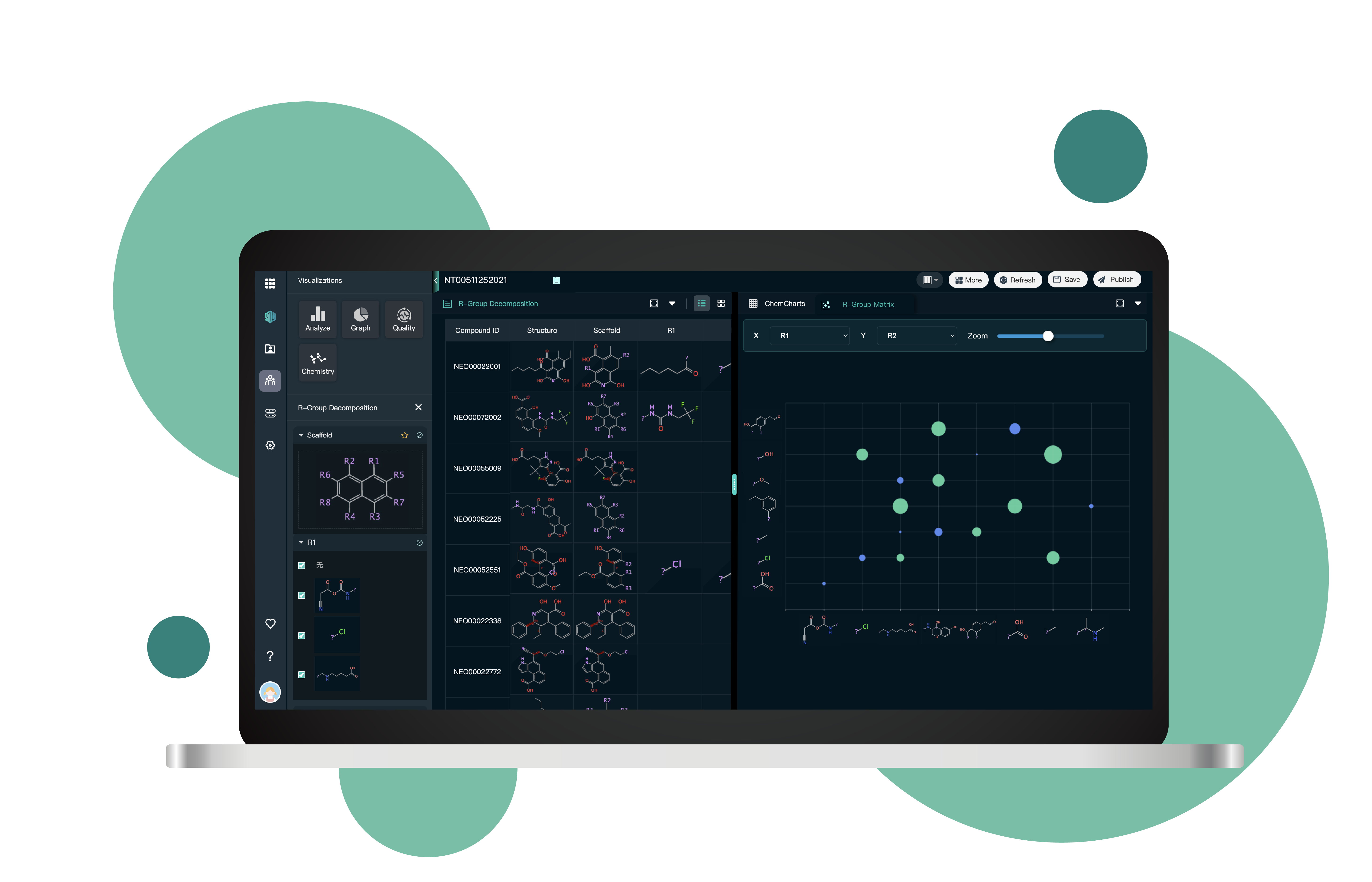
Did you know that over 90% of the world’s data was created in just the last two years? This staggering statistic highlights how crucial it is to understand scientific data hierarchy, especially when we consider its implications in market attributes. As we dive into this topic, we’ll uncover how organizing and interpreting data can significantly impact decision-making processes across various industries.
The Basics of Scientific Data Hierarchy and Its Market Attributes
At its core, scientific data hierarchy refers to a structured framework for categorizing and prioritizing different types of data based on their significance and reliability. In terms of market attributes, this hierarchy plays a vital role in determining which datasets are most valuable for analysis and strategic planning. For instance, higher-tiered data often leads to more accurate insights regarding consumer behavior or product performance. Additionally, understanding this hierarchy aids organizations in implementing effective Cost Allocation Methods by ensuring resources are allocated efficiently based on reliable information.
Diving Deeper: Electronic Lab Notebook Software & Cost Allocation Methods
When it comes to managing scientific research effectively, electronic lab notebook (ELN) software shines brightly—especially concerning Cost Allocation Methods. ELNs streamline the process of capturing experimental data while providing robust tools for tracking expenses associated with each project phase. By integrating cost management features directly into their workflows, researchers can easily allocate funds according to specific experiments or projects within the established scientific data hierarchy. This not only enhances transparency but also ensures that financial resources align closely with high-priority research initiatives.
Find more about electronic lab notebook software.
A Closer Look at Neotrident’s Features in Cost Allocation Methods

Neotrident stands out as an innovative solution tailored specifically for optimizing Cost Allocation Methods through its unique features:
- User-Friendly Interface: Simplifies navigation between projects while allowing easy access to budgetary information.
- Real-Time Tracking: Enables users to monitor expenditures as they occur, facilitating immediate adjustments if necessary.
- Categorization Tools: Helps categorize costs according to different levels within the scientific data hierarchy for better clarity.
- Reporting Capabilities: Generates detailed reports that illustrate spending patterns against expected outcomes—ideal for stakeholders looking at ROI.
- Simplified Collaboration: Encourages team collaboration by sharing budget-related insights seamlessly among members involved in various stages of research projects.
The Bottom Line
The exploration of scientific data hierarchy reveals significant advantages when applied alongside effective Cost Allocation Methods. By leveraging tools like electronic lab notebooks and platforms such as Neotrident, organizations can enhance their ability to manage costs intelligently while making informed decisions rooted in reliable datasets. Ultimately, embracing these concepts allows businesses not only to thrive but also adapt swiftly amidst ever-evolving market dynamics!

